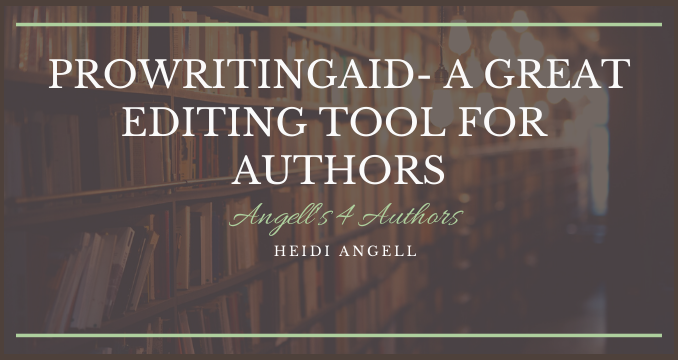ProWritingAid- A Great Editing Tool for Authors
A breakdown of some of the features offered by ProWritingAid and why it is a great resource for authors.
A breakdown of some of the features offered by ProWritingAid and why it is a great resource for authors.
This post was updated on August 29th, 2023 Hello Lovelies, Editing. The hardest part of being an author. By FAR!…

